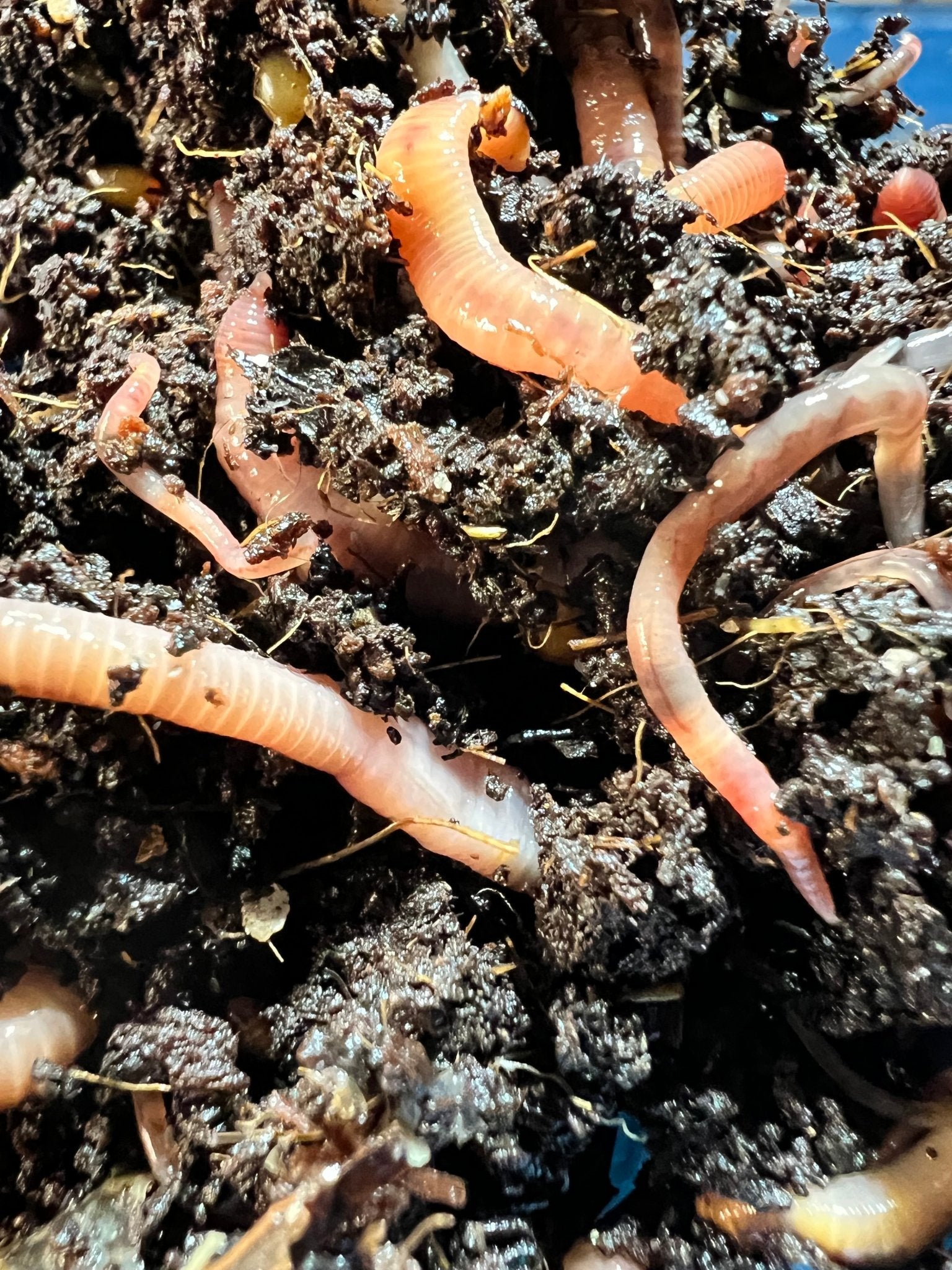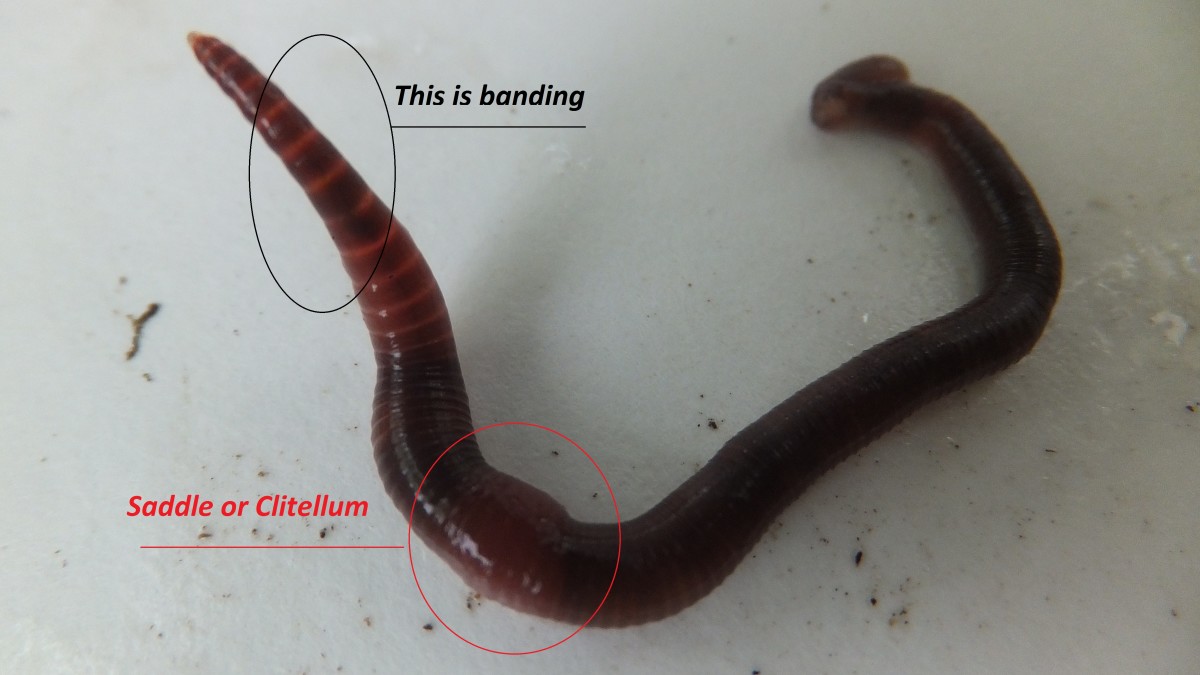Red Wiggler Worms Demystified: Unlocking the Secrets of Vermiculture for Greener Living and Nutrient-Rich Dirt
In the world of sustainable methods for enriching dirt high quality and advertising eco-conscious living, red wiggler worms play a critical yet usually ignored duty. Red Wiggler Worms. Comprehending the complexities of caring for these worms, maximizing their atmosphere, and utilizing their spreadings can lead to a greener way of life and much healthier soil for plants to prosper.
The Role of Red Wiggler Worms
Red Wiggler worms play a crucial duty in composting systems by efficiently damaging down raw material right into nutrient-rich castings. These starved eaters eat a range of organic products, such as kitchen scraps, lawn waste, and paper products. As they feed, the worms' digestive processes damage down the natural matter right into a fine, dark, and nutrient-dense product known as worm castings or vermicompost.
The spreadings generated by Red Wiggler worms are highly beneficial for dirt wellness and plant development. They are abundant in vital nutrients like potassium, nitrogen, and phosphorus, which are essential for supporting healthy plant development. In addition, worm spreadings consist of useful germs and enzymes that assist boost soil framework, increase water retention, and enhance nutrient uptake by plants.
Benefits of Vermicomposting

In addition, vermicompost, the nutrient-rich end item of vermicomposting, works as an exceptional organic fertilizer and dirt conditioner. It improves soil structure, improves soil oygenation, and enhances soil wetness retention. These properties add to healthier plants with stronger origin systems and better resistance to bugs and conditions. Vermicompost additionally enhances the dirt with necessary nutrients like potassium, phosphorus, and nitrogen, promoting plant development and overall soil fertility.
In addition, vermicomposting assistances sustainable horticulture practices by providing a chemical-free and all-natural option to artificial plant foods. Red Wiggler Worms. This eco pleasant technique not just enriches the soil yet additionally helps lower dependence on damaging chemicals, advertising a greener and a lot more sustainable way of gardening
Establishing a Worm Bin
When establishing a worm container for vermicomposting, proper setup is important to make sure the success of the composting procedure. The very first step in establishing up a worm bin is choosing a suitable container. This can be a plastic container or wooden box that offers adequate room for the worms to move and has appropriate water drainage holes to avoid waterlogging. Next off, a bedding material such as shredded paper, cardboard, or coconut coir must be included to the bin. This bedding supplies a comfy setting for the worms and aids keep dampness degrees.
After adding the bedding, present the red wiggler worms to the container. The worms ought to then be given with food scraps such as fruit and vegetable peels, coffee grounds, and eggshells.
Consistently keep track of the moisture levels and temperature level in the worm bin to make sure optimal conditions for the worms. With correct arrangement and upkeep, the worm container will successfully convert natural waste right into nutrient-rich compost for your plants and yard.
Harvesting Worm Castings
To successfully gather nutrient-rich worm castings from your vermicomposting system, a systematic harvesting technique is necessary. When it comes time to gather the worm spreadings, there are a couple of vital steps to follow to make sure an effective process.

Troubleshooting Common Issues
Determining and resolving typical challenges that may emerge during the vermicomposting process is critical for preserving a efficient and healthy and balanced worm container. One common problem that vermicomposters experience is overfeeding. Including excess food scraps can lead to a buildup of moisture and acidity in the worm bin, potentially harming the worms. To avoid this, feed the worms in moderation, making certain that the food scraps are appropriately damaged down prior to including a lot more. One more problem is unpleasant odors rising from the worm container. Foul smells suggest anaerobic problems, generally triggered by overwatering or insufficient ventilation. To remedy this, readjust the wetness levels by adding completely dry bed linen products like shredded newspaper or cardboard and increase aeration by transforming the bed linens consistently.
Additionally, if the worm populace is decreasing or the worms appear unhealthy, it can be due to ecological stressors such as extreme temperatures or pH degrees. Monitoring these elements and making essential changes is vital for the well-being of the worms. By fixing these usual problems promptly, vermicomposters can make certain a effective and smooth vermicomposting procedure while maintaining a prospering worm populace.

Conclusion
In final thought, red wiggler worms play a vital duty in vermiculture by damaging down natural matter into nutrient-rich dirt. Establishing up a worm container is essential for successful vermiculture, and harvesting worm spreadings supplies useful garden straight from the source compost for gardening.
As they feed, the worms' digestive processes break down the organic matter into a penalty, dark, and nutrient-dense product known as worm castings or vermicompost.
The castings created by Red Wiggler worms are very advantageous for soil health and plant development. Including excess food scraps can lead to a buildup of wetness and acidity in the worm container, potentially damaging the worms.In addition, if the worm populace is decreasing or the worms appear harmful, it can be due to ecological stress factors such as extreme temperatures or pH levels. Setting up a worm container is necessary for effective vermiculture, and collecting worm spreadings supplies important compost for gardening.